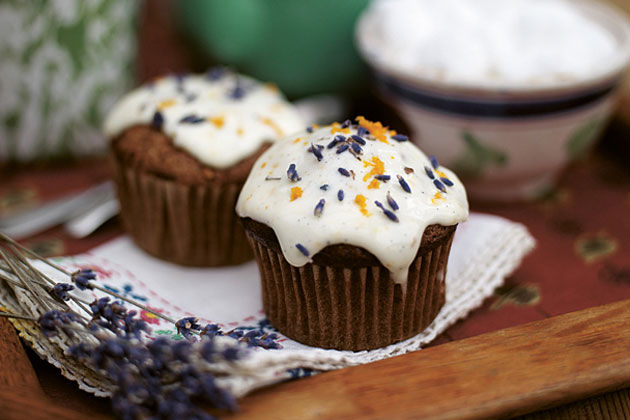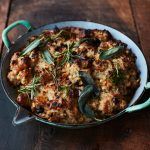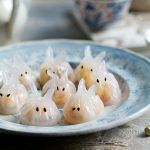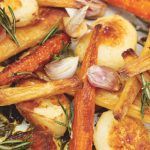In a word, no, healthy cakes aren't possible, because so many of the common ingredients are high in fat and sugar. But if you don’t want to always make blow-out dishes, then there are little tricks and substitutions you can make that will make a difference. I have a number of recipes that I’ve gathered over the years that are my go-to favourites for when I’ve got friends coming over or for birthday celebrations. If baking can’t be good for the body, it can be good for the soul.
So what can you do to make cakes healthier? The ingredients typically used to make a classic cake recipe (think Victoria sponge!) are flour, sugar, butter and eggs. Butter is the most common fat used in cake making, but it is much higher in saturated fat than, say, olive oil. Olive oil cakes have a lovely light texture – just be careful when substituting oil for hard fats because it doesn’t convert like-for-like, so you’ll need less oil than you would butter. One of my all-time favourite cake recipes is Jamie’s polenta and apple cake, which uses olive oil in the base instead of butter.
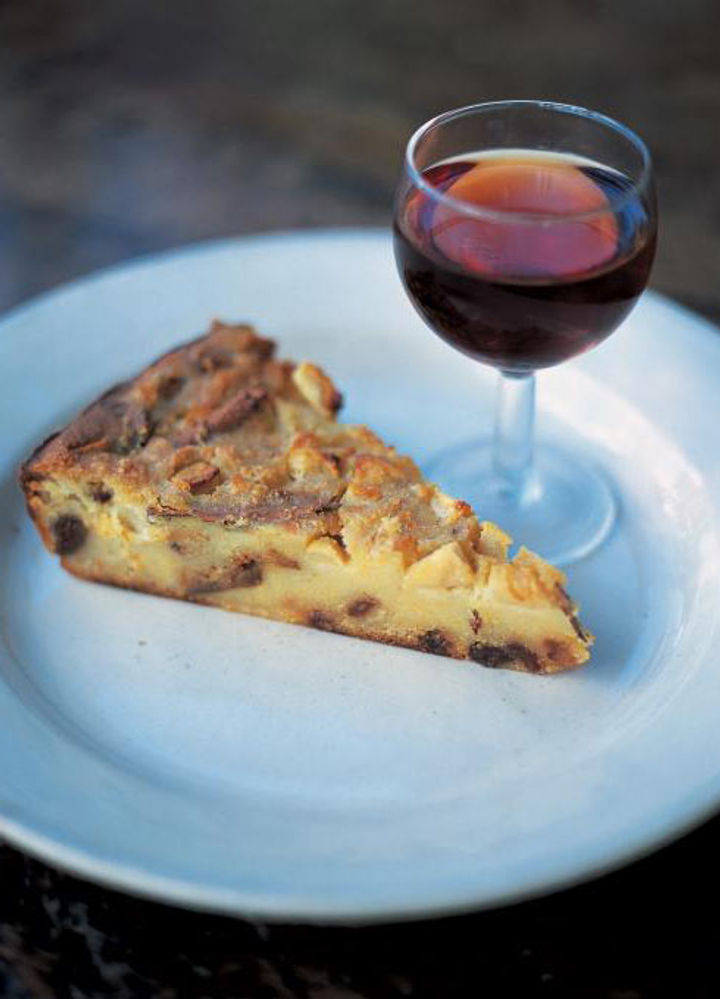
The baking aisle in the supermarket is awash with baking ingredients these days – it’s quite a challenge knowing your chia seeds from your wholegrain spelt flour! I’m always experimenting with different ingredients at home and my current favourite is gluten-free flour, which isn’t necessarily a new ingredient, but I do love swapping it into recipes to see the effect I get. It works really well in biscuit and cookie recipes, and I believe it’s the combination of rice, potato, tapioca and maize flour that helps create a lovely crumbly texture.
So my kitchen cupboard at home is bursting with different types of flours –spelt, seeded, rye, malt, wholemeal and lots more. I’ll often swap in either all or part of the flour to create different flavours in some of my favourite recipes. Spelt flour works well in bread and pasta recipes and seeded flour is good in crumble toppings, because of the nutty flavour and texture it gives. Pancake recipes are also resilient enough to be made with different flours. Flours such as wholemeal, spelt and rye are a source of fibre, however, in baking this goodness is normally offset by the fat and sugar also used in baking!
Veggie cakes are delicious!
Cakes made from vegetables aren’t a new concept – Naturally sweet vegetables such as parsnip, beetroot and courgette work well. Jamie has several cake recipes online that use them, including his butternut squash muffins and a gorgeous beetroot and chocolate cake, both of which I would strongly recommend! I’m not suggesting that this is a good way of getting your five a day of fruit and vegetables, but it’s good to consider different ways they can be prepared and eaten, and they do make for a delicious treat!
If you’re a stickler for following a recipe in military fashion, get your creative juices flowing and try out some of the suggestions above, or let us know what ingredient swaps and tricks you use in our comments section. Happy baking!
